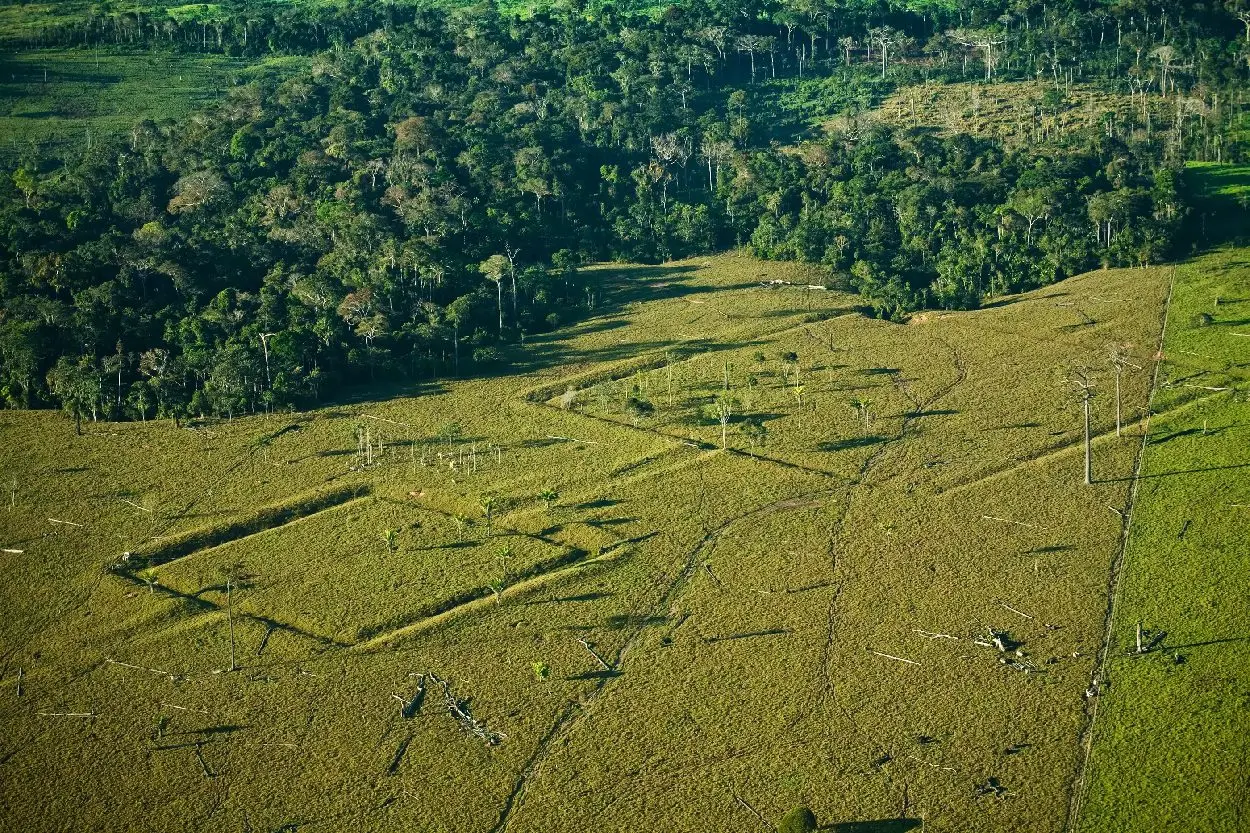Archaeologists have used cutting-edge remote sensing technology, combined with statistical modelling, to estimate that there are more than 10,000 pre-Columbian earthworks hidden beneath the canopy of the Amazon rainforest.
The study has been part of an international project involving institutions from 24 counties. Vinicius Peripato, from the Brazilian National Institute for Space Research (INPE), said. “Our study suggests that the Amazon rainforest may not be as pristine as many believe, as when we seek a better understanding of the extent of pre-Columbian human occupation we are surprised by a significant number of sites still unknown to the science community”.
The researchers used LiDAR (Light Detection and Ranging) to document 25 archaeological sites. Light Detection and Ranging (LiDAR) is a method of remote sensing using light in the form of a pulsed laser to measure ranges (variable distances) to the Earth. The differences in the laser return times and measuring the wavelengths can be used to compile a 3-D digital map of the landscape, removing obscuring features such as woodland that could hide archaeological features.
The team utilised various LiDAR databases initially acquired for biomass estimates. Peripato states: “Given the wealth of information contained in these data, we embarked on an archaeological investigation. We investigated a total of 0.08% of the Amazon and found 24 previously uncatalogued structures in the Brazilian states of Mato Grosso, Acre, Amapá, Amazonas, and Pará.”
These structures, referred to as “earthworks,” predate the European arrival on the continent and are commonly linked to other landscape alterations, providing evidence of indigenous habitation in diverse Amazon regions. This evidence includes Amazonian dark earth, the presence of domesticated species, and various other indicators.
According to the researchers, 10% of the Amazon rainforest has seen landscape modification of these types. Carolina Levis from the Federal University of Santa Catarina, said: “Some time ago, ecologists viewed the Amazon as the vast untouched forest, but now, combining other types of pre-Columbian remains, we can see how many areas that currently sustain dense forest have already been subjected to extensive engineering works and the cultivation and domestication of plants by pre-Columbian societies. These people mastered sophisticated techniques for land and plant management, which, in some cases, are still present in the knowledge and practices of present-day communities that can inspire new ways to coexist with the forest without the need for its destruction”.
Header Image Credit : Mauricio de Paiva





